Comix, a history
| série: | Etude Comics |
| dessinateur / scénariste: | Daniels Leslie |
| éditeur: | Library of Congress |
| genre: | Etude |
| classement: | biblio526 |
| date: | 1971 |
| format: | cartonné, avec jaquette |
| état: | TBE/BE |
| valeur: | 20 € |
| critère: | ** |
| remarques: | English book, Comix a history of Comic books in America prologue: Comics have by now acquired the value produced by nostalgic memories and their reading has been given a greater importance 1/ the coming of comics comics are the accidental art form, they stand with twentieth century innovations like cinema and broadcasting, but for various reasons they lack the credentials of these other forms because they were not apparently the technical achievement of a great inventor, the comics started with prehistoric wall paintings, oriental ideographs, Egyptian hieroglyphics, medieval tapestries, illuminated manuscripts, journalistic cartoons, religious and political pamphlets and other forms have been cited as comics 2/ the birth of the comic book the spectacular event that signaled the success of the comic book as an independent entity was the debut of Superman in the first issue of Action Comics in June 1938, but this was the culmination of a spasmodic series of efforts which date back almost to the first successes of the comic strip in newspapers there was even a Yellow Kid comic book published in New York by Howard Ainslee during the period when the Kid was employed by Hearst's Journal >> p. 18 extracts of Superman in Detective Comics (1943), of Blackhawk in Comic Magazine (1946), Plastic Man (1945) and Sheena, queen of the jungle in Jumbo Comics (1948), Crime does not pay, true crime story in Lev Gleason Publications (1947) 3/ dumb animals the range of animal comics extended from the sublime to the ridiculous and both qualities had the potential for evoking laughter, the most direct influence coming from the movies where, with the development of the animated cartoon, most of the major animal characters would spring to life one of a particular type was Krazy Kat illustrated created by George Herriman published between 1913 and 1944 in the New York Evening Journal of Randolph Hearst to be mentioned is also the Pogo feature (1943), the creation of Walt Kelly who had previously worked with the Disney studios >> p. 51 extracts from Mickey Mouse and the Fox and the Crow in National Comics Publications (1951) 4/ the E.C. revolution standing first for Educational, then Entertaining Comics, presenting super horror stories such as tales from the crypt created 1952 by William Gaines and edited by Harvey Kurtzman and Albert Feldstein (not Einstein) who was also the founder of the famous Mad stories the comic most indicative of coming trends was International Comics which became International Crime Patrol and then just Crime Patrol, the stories of lawbreakers began to take on an increasingly grotesque cast, prefiguring what William Gaines would announce to the public and the industry as a "new trend" in comic books, the last two issues featured tales introduced by a character called the Crypt Keeper who then took over the magazine in the spring of 1950 when the issue became Crypt of Terror (later Tales from the Crypt), launched simultaneously with Crypt was the Vault of Horror (formerly War against Crime) and a month later Gunfighter became the Haunt of Fear, completing the trio of extraordinary horror comics which formed the backbone of E.C.'s new trend >> p. 63 the old witch, the vault-keeper and the crypt-keeper >> p. 71 extract from E.C. Quickie: the expert (1952) and Julius Caesar (1954) 5/ the Comics Code Controversy following the attack on comic books by Frederic Wertham in his book: seduction of the innocent (1954), the comics code authority was introduced (October 1954) >> p. 89 standards as adopted by the comics code 6/ the new comic books an important obstacle had now been raised against efforts to bring to comic books a range of subjects enjoyed by more established modes of expression, the result was a trend towards adventures of science-fiction and heroic-fantasy with numerous designers such as Frank Frazetta, Wallace Wood, Al Williamson, Joe Orlando, John Severin and others illustrating series in the magazines like Creepy, Eerie or Vampirella >> p. 104 extracts of the success story (1964) and the squaw (1968) by Archie Goodwin, landscape (1965) by Joe Orlando, the curse (1970) by Wally Wood >> p. 120 to 136 coloured comic extracts of Batman, Donald Duck, the witch's cauldron and Sub-Mariner 7/ mighty Marvel the story of Marvel Comics begins early in the thirties, Marvel Tales was one of the pulp magazines published by Martin Goodman, by 1939, the emergence of Superman had thrown the pulp magazine publishing industry into chaos, Goodman commissioned an independent comic studio: Funnies Inc. to put together an original comic book in the fantastic science-fiction vein, the first issue was dated November 1939 and the title was Marvel Comics after Goodman's pulp magazine (subsequent issues were titled Marvel Mystery Comics), the result was that two of the studio artists created masterpieces, Carl Burgos and Bill Everett, followed later on by Stan Lee who launched the Fantastic Four series main superheroes were the Torch (by Burgos) and Sub-Mariner (by Everett) as well as captain America (by Jack Kirby and Joe Simon) but also the Fantastic Four (Stan Lee and Jack Kirby) featuring plastic man, human torch, the thing and the invisible girl >> p. 146 extracts of Captain America (1942) >> p. 153 a visit with the Fantastic Four (1962) >> p. 158 dr Strange, master of black magic (1963) >> p. 161 at the stroke of midnight (1969, by Steranko) 8/ the underground comics with the main representatives of the genre: Robert Crumb (Mr.Natural, Zap), Clay Wilson, Gilbert Shelton, Victor Moscoso >> p. 173 the Zap show (1968), Trashman (1968), >> p. 182 Meat Ball (1967 by Crumb) the fabulous Freak brothers (1969 by Shelton), Nard n'Pat (1968 by Jay Lynch) Bibliography - Couperie Pierre, a history of the comic strip (1968) - Craven Thomas, cartoon cavalcade (1943) - Feiffer Jules, the great comic book heroes (1965) - Lupoff Dick and Don Thompson, all in color for a dime (1970) - Overstreet Robert, the comic book price guide (1970) - Perry George and Aldridge, the Penguin book of comics (1967) - Steranko James, history of comics (1970) - Wertham Frederic, seduction of the innocent (1954) - White David and Abel Robert, the funnies: an American idiom (1963) >> Comix is a work of cultural history and a book of many pleasures, especially for the illustrations as well as an original approach for the study of American comics, sometimes unprecedented enclosures - cover of the book - Fox and Crow - Crypt Tales - a few of the hideous entrants in Mad's "meet miss Potgold" - Jules Caesar strip (by Jeff Overturf) - a visit with Fantastic Four - the Zap show (by Crumb) |
| couvertures: | 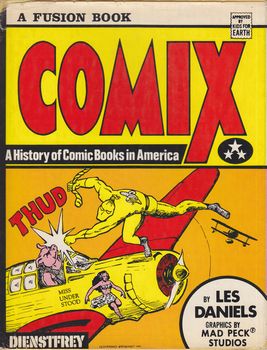 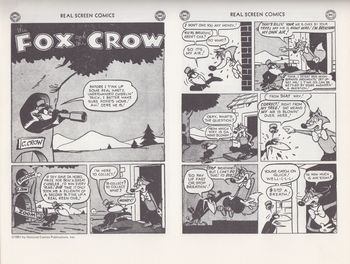 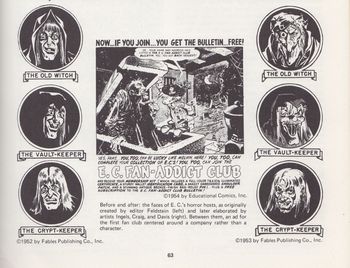 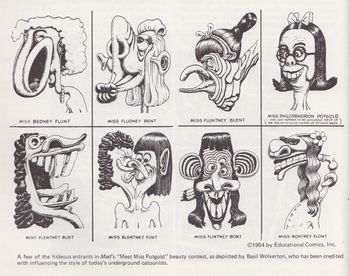 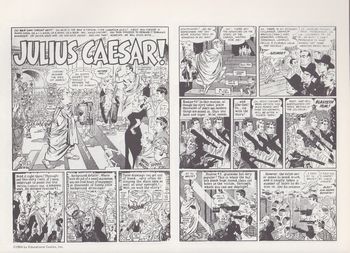 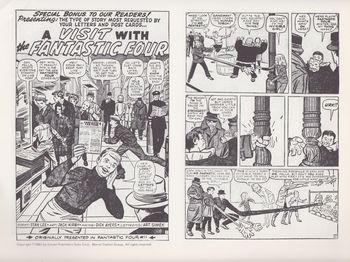 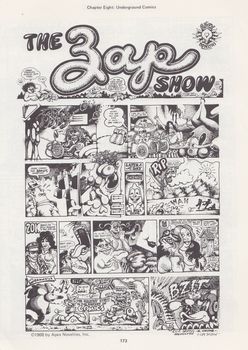 |
Copyright 2008 - 2025 G. Rudolf
